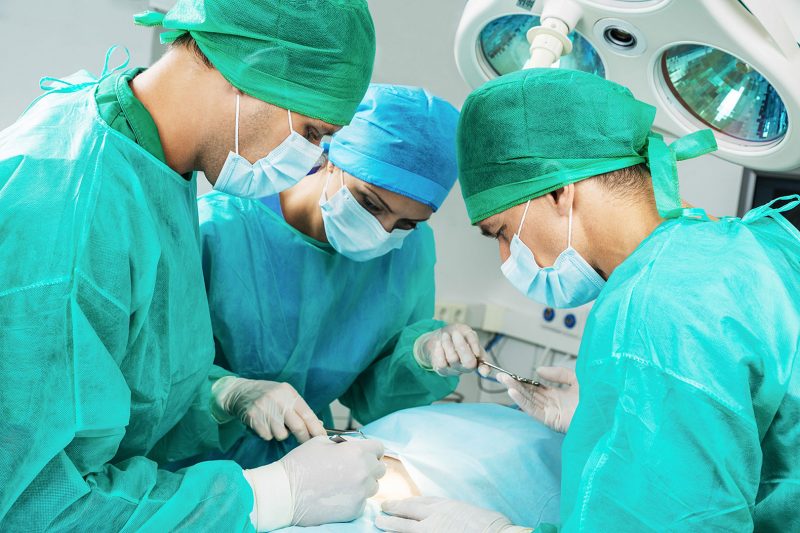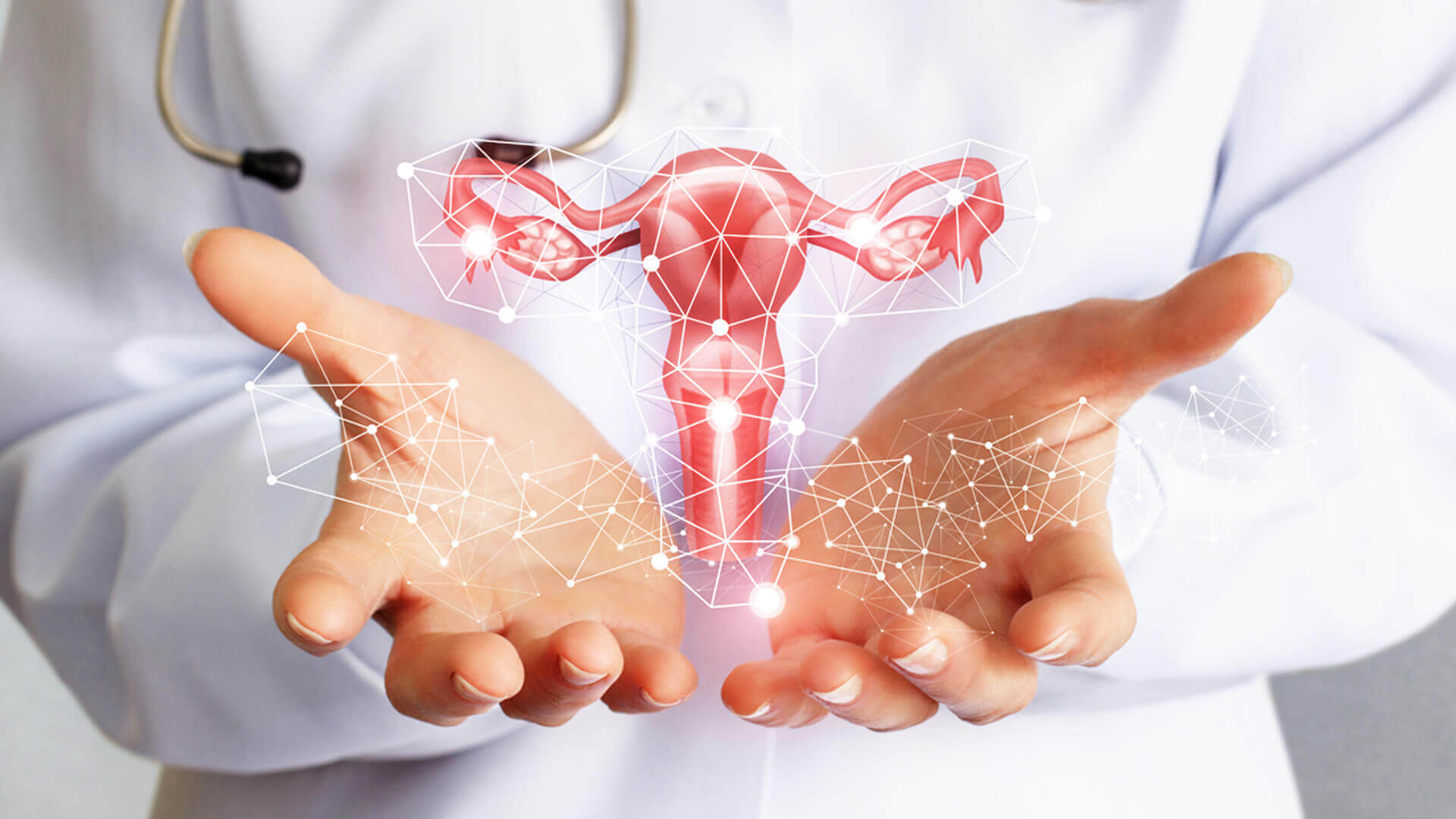
Our Services
For everyday care or life-changing care, you can count on us to keep you and your loved ones safe and healthy

Spine
The bones, muscles, tendons, and other tissues that reach from the base of the skull to the tailbone.
Read More
Arthroscopy
The bones, muscles, tendons, and other tissues that reach from the base of the skull to the tailbone.
Read More
Joint Replacement
The bones, muscles, tendons, and other tissues that reach from the base of the skull to the tailbone.
Read More
Infertility
The bones, muscles, tendons, and other tissues that reach from the base of the skull to the tailbone.
Read More
All Gynaecological Problems
The bones, muscles, tendons, and other tissues that reach from the base of the skull to the tailbone.
Read More
TLH
The bones, muscles, tendons, and other tissues that reach from the base of the skull to the tailbone.
Read More
